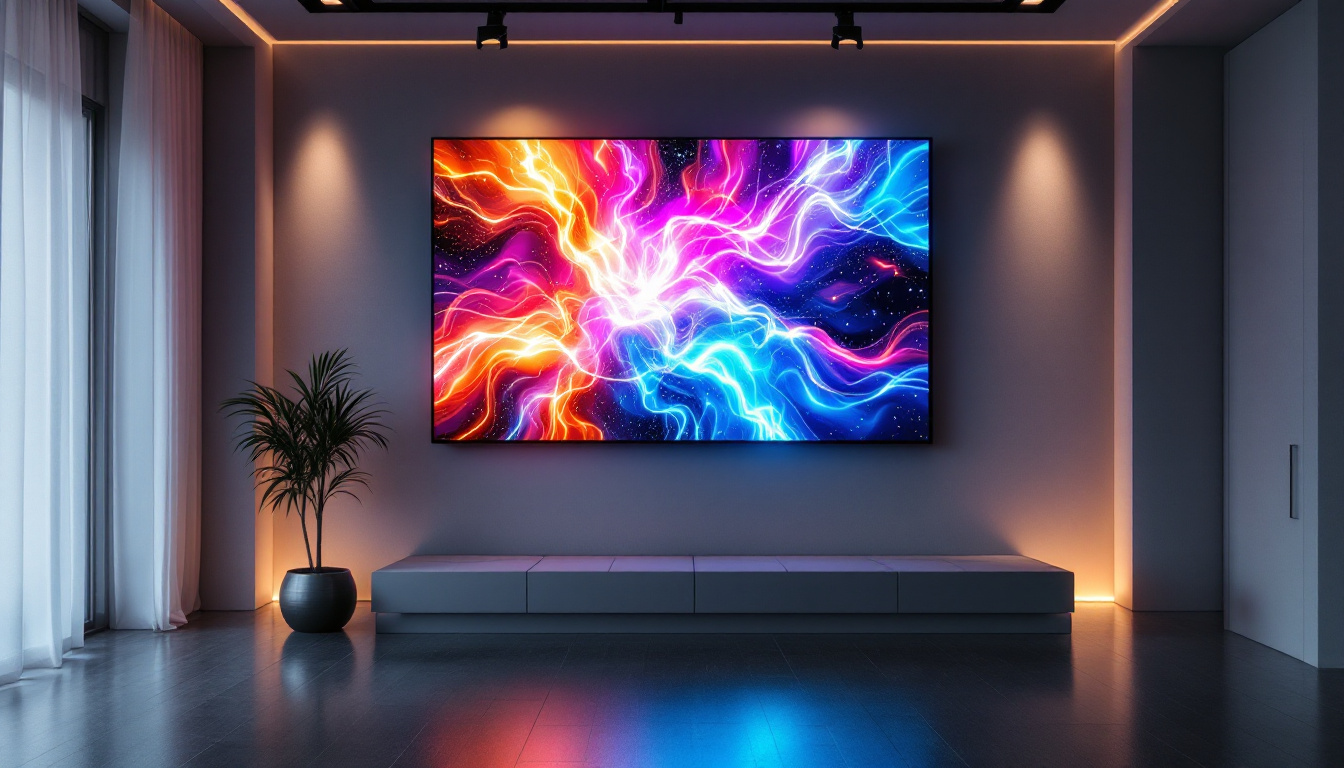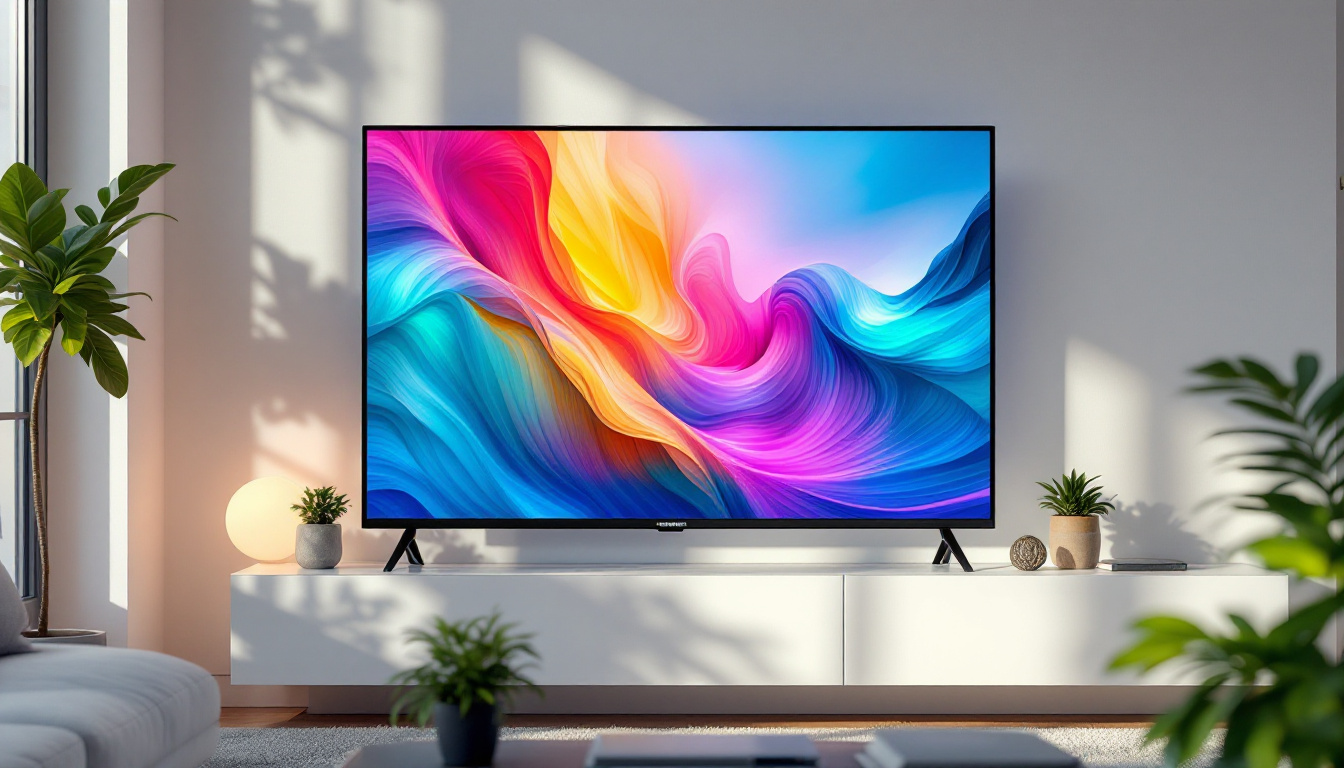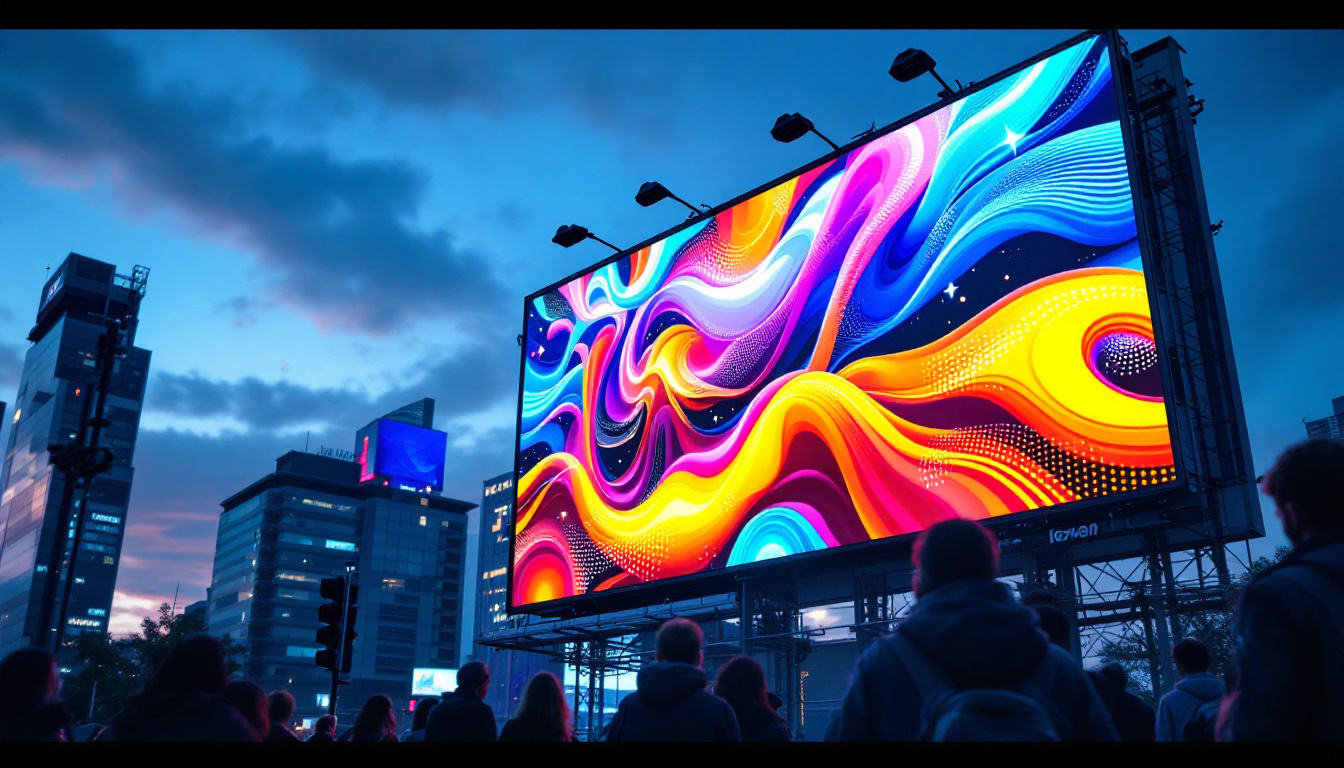Used Plasma TV: LED Display Explained
In the ever-evolving world of television technology, understanding the differences between various display types is crucial for consumers looking to make informed decisions. Among the most popular options are Plasma and LED displays. While Plasma TVs have largely fallen out of favor in recent years, they still hold a place in the hearts of many enthusiasts. This article will delve into the intricacies of Plasma TVs, compare them with LED displays, and provide insights for those considering purchasing a used Plasma TV.
Understanding Plasma Technology
Plasma technology utilizes small cells filled with gas that emit ultraviolet light when electrically charged. This light then excites phosphors, creating the vibrant colors that characterize Plasma displays. While Plasma TVs were once the gold standard for home entertainment, they have been largely overshadowed by the rise of LED technology. However, understanding their unique features can help consumers appreciate what Plasma TVs have to offer.
Color Accuracy and Contrast
One of the standout features of Plasma TVs is their exceptional color accuracy. The technology allows for deeper blacks and a broader color spectrum, resulting in a more lifelike image. This is particularly noticeable in darker scenes, where the contrast ratio enhances the viewing experience. Enthusiasts often cite this characteristic as a primary reason for their preference for Plasma over LED.
Moreover, Plasma screens can maintain color consistency from various viewing angles. Unlike some LED displays, which may suffer from color distortion when viewed from the side, Plasma TVs deliver a uniform image regardless of the viewer’s position. This makes them an excellent choice for larger rooms where multiple viewers might be seated at different angles. Additionally, the ability of Plasma displays to produce rich, saturated colors without the risk of color washout enhances the overall cinematic experience, making them particularly popular among film aficionados who appreciate the artistry of visual storytelling.
Motion Handling
Another advantage of Plasma technology is its superior motion handling capabilities. Plasma displays refresh their images at a rapid rate, which minimizes motion blur during fast-paced scenes, such as action movies or sports broadcasts. This feature is particularly appealing to gamers and sports fans who demand clarity and precision in their viewing experience.
In contrast, some LED displays may struggle with motion blur, especially in lower-end models. This difference can significantly impact the overall enjoyment of fast-moving content, making Plasma a compelling option for those who prioritize fluid motion. Furthermore, the inherent ability of Plasma screens to handle rapid transitions without ghosting or trailing effects allows for a more immersive experience, drawing viewers deeper into the action. This makes Plasma technology not only a choice for entertainment but also a favorite among those who appreciate the technical aspects of visual performance, such as filmmakers and content creators who rely on accurate motion representation in their work.
LED Display Technology Explained
LED (Light Emitting Diode) technology has gained immense popularity over the years due to its energy efficiency, slim design, and versatility. Unlike Plasma, which relies on gas-filled cells, LED displays use diodes to illuminate the screen. This fundamental difference leads to several advantages and disadvantages that consumers should consider.
Energy Efficiency
One of the most significant benefits of LED displays is their energy efficiency. LED TVs consume considerably less power than Plasma TVs, making them a more environmentally friendly option. This efficiency not only reduces electricity bills but also contributes to a lower carbon footprint, appealing to eco-conscious consumers.
Additionally, LED technology has advanced to include features such as local dimming, which allows specific areas of the screen to dim while others remain bright. This capability enhances contrast and improves overall picture quality, making LED displays a strong contender in the market. Moreover, the reduced heat output from LED screens means that they can be used for extended periods without the risk of overheating, further extending their operational life and maintaining consistent performance.
Brightness and Longevity
LED displays are known for their impressive brightness levels, making them suitable for well-lit environments. This characteristic is particularly beneficial for viewers who enjoy watching television during the day or in rooms with large windows. Plasma TVs, on the other hand, may struggle in bright conditions, as their darker screens can appear washed out.
Furthermore, LED technology tends to have a longer lifespan compared to Plasma. While Plasma screens are susceptible to burn-in and may degrade over time, LED displays offer greater durability and resistance to image retention. This longevity can be a crucial factor for consumers looking to invest in a television for the long haul. In fact, many LED displays are rated for tens of thousands of hours of use, which translates to years of viewing pleasure without significant loss of quality. Additionally, advancements in LED technology, such as Quantum Dot and Mini-LED, continue to push the boundaries of color accuracy and brightness, ensuring that consumers have access to the latest innovations in display technology.
Comparing Plasma and LED Displays
When considering a used Plasma TV versus a new LED display, several factors come into play. Each technology has its strengths and weaknesses, and understanding these differences can guide consumers in making an informed decision.
Price and Availability
Used Plasma TVs can often be found at significantly lower prices compared to new LED models. This affordability can be particularly appealing for budget-conscious consumers who still want a high-quality viewing experience. However, the availability of used Plasma TVs may be limited, as manufacturers have largely phased out production in favor of LED technology.
On the other hand, LED displays are widely available in various sizes and price ranges, catering to a broader audience. The competition in the LED market has also driven prices down, making it easier for consumers to find a model that fits their budget. Additionally, many retailers offer financing options and extended warranties for new LED TVs, providing further incentives for consumers to invest in the latest technology.
Viewing Experience
The choice between Plasma and LED ultimately comes down to personal preference and viewing habits. For those who prioritize color accuracy, deep blacks, and superior motion handling, a used Plasma TV may be the ideal choice. Conversely, consumers who value energy efficiency, brightness, and longevity may find that an LED display better suits their needs.
It is also essential to consider the environment in which the TV will be used. For darker rooms or dedicated home theaters, Plasma may shine, while LED displays are better suited for bright living spaces. Moreover, the advancements in LED technology, such as local dimming and quantum dot enhancements, have significantly improved their performance in terms of contrast and color vibrancy, making them a strong contender even in less-than-ideal lighting conditions. Additionally, many modern LED TVs come equipped with smart features, allowing users to stream content directly from popular services, enhancing the overall viewing experience and convenience.
Buying a Used Plasma TV
For those considering purchasing a used Plasma TV, several factors should be taken into account to ensure a satisfactory buying experience. Understanding what to look for can help buyers avoid potential pitfalls and make a wise investment.
Condition and Age
When shopping for a used Plasma TV, the condition and age of the unit are paramount. Older models may exhibit signs of wear, such as screen burn-in or reduced brightness. It is advisable to inspect the TV thoroughly, checking for any visible damage or irregularities in picture quality.
Additionally, inquire about the TV’s usage history. A unit that has been used extensively may not perform as well as one that has been lightly used. If possible, test the TV before purchasing to assess its performance and ensure it meets expectations.
Warranty and Return Policy
Buying from a reputable seller who offers a warranty or return policy can provide peace of mind. While used electronics may not come with the same guarantees as new products, some sellers may offer limited warranties or return options. This can be especially helpful if issues arise shortly after purchase.
Be sure to read the terms and conditions carefully, as some warranties may only cover specific issues or have time limitations. A solid return policy can also allow for a hassle-free exchange if the TV does not meet expectations.
Conclusion: Making an Informed Choice
In conclusion, both Plasma and LED displays offer unique advantages and disadvantages, catering to different consumer preferences. While Plasma TVs may be harder to find and come with certain risks, they can provide an unparalleled viewing experience for those who appreciate their strengths. On the other hand, LED displays offer modern conveniences, energy efficiency, and longevity that appeal to a broader audience.
Ultimately, the decision between a used Plasma TV and a new LED display should be based on individual needs, preferences, and viewing environments. By weighing the pros and cons of each technology and considering factors such as price, condition, and warranty options, consumers can make a well-informed choice that enhances their home entertainment experience.
As technology continues to advance, staying informed about the latest developments in display technology will empower consumers to choose the best option for their viewing pleasure. Whether opting for a classic used Plasma TV or a sleek new LED model, the world of television offers something for everyone.
Discover the Future of Visual Experience with LumenMatrix
Ready to elevate your viewing experience with the latest in LED display technology? Look no further than LumenMatrix, a pioneer in crafting immersive visual solutions. From the comfort of your home to the excitement of outdoor events, LumenMatrix offers a diverse range of LED display modules, including Indoor and Outdoor LED Wall Displays, Vehicle LED Displays, and innovative options like LED Sports Displays and Transparent LED Displays. Embrace the future of digital signage with LumenMatrix’s commitment to excellence and discover how our LED solutions can transform your space and captivate your audience. Check out LumenMatrix LED Display Solutions today and join the revolution in visual communication.































